Employing Infrared cameras to check fruit's internal quality is now commonplace. Less so is the use of handheld devices, a technique that will soon be available on sorting lines. "Avocados are still cut open to check ripeness and quality. Yet, you can easily do that non-invasively," says Vertigo Technologies CEO and founder Luca Galatro. "And, no, people handling such handheld devices don't run health risks, at least no more than them making calls on their cell phones."
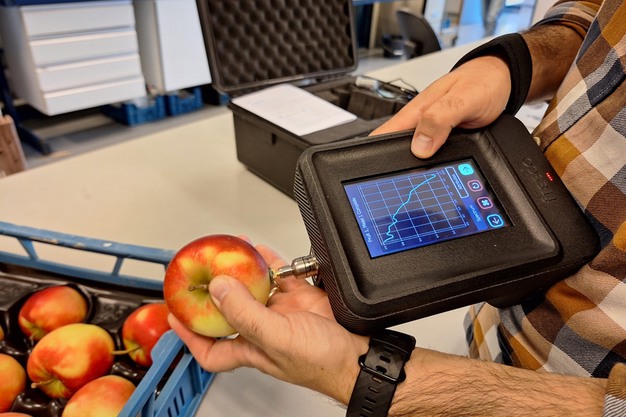
Lower frequencies than infrared
Microwaves and near-infrared radiation are both electromagnetic waves, but microwaves have lower frequencies, allowing them to penetrate deeper into matter. They can, thus, measure traits like dry matter content, Brix value, firmness, acidity, and internal defects.
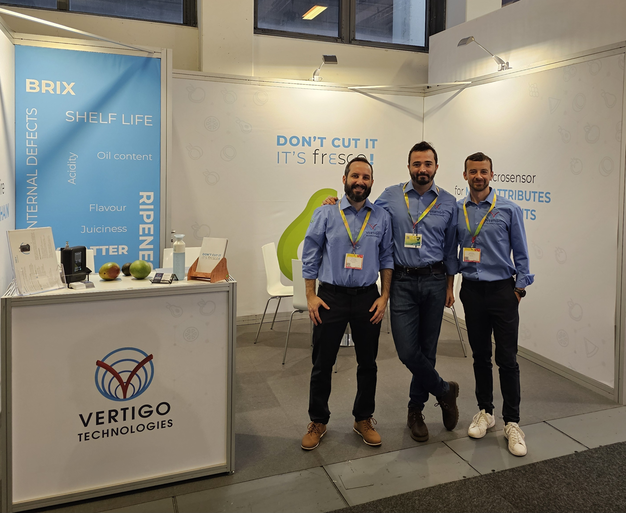
Data is crucial to this technique. "Brix and firmness are always present in a piece of fruit, so we're further along in recognizing those parameters. Building a database for internal defects takes longer, though, because not every avocado is internally defective. Each fruit has unique characteristics; a mango isn't the same as an apple," Luca explains.
Rapid, portable check
Measuring with a handheld device takes only a second, similar to near-infrared quality meters. "Our device is portable, has a touchscreen, and runs on a battery. It weighs about a kilogram and can be used throughout the chain."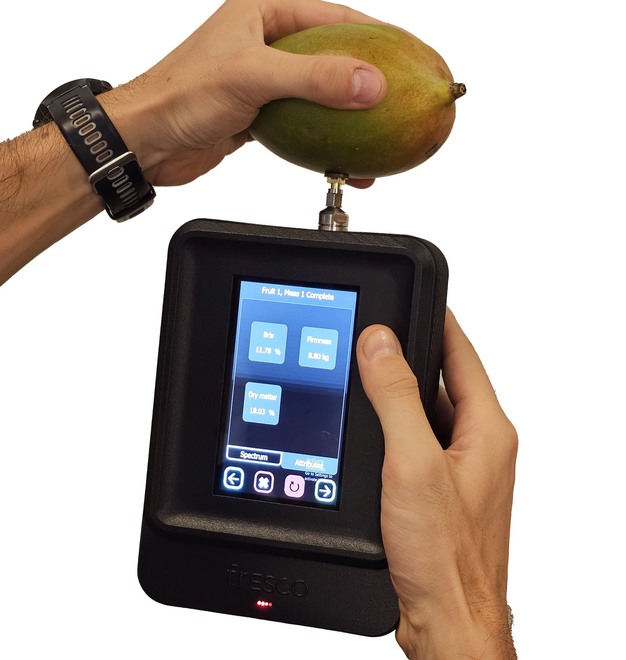
Also, microwaves have the advantage of being insensitive to light conditions. "The measurement results remain consistent regardless of the type of light. Light conditions can affect near-infrared radiation, which may require recalibration. That was an incentive for us to take a different approach. To our knowledge, no other company uses microwaves to check fruit on the inside," Luca states.
Sorting lines
Vertigo Technologies has partnered with Packman Fruit Sorting Equipment and Datamole to integrate this microwave technology into sorting machines. "We're focusing on mangoes first and would like to have a prototype by the end of this year," Luca hopes. "On sorting lines, the technology will be used alongside optical cameras and scales for size and appearance grading."
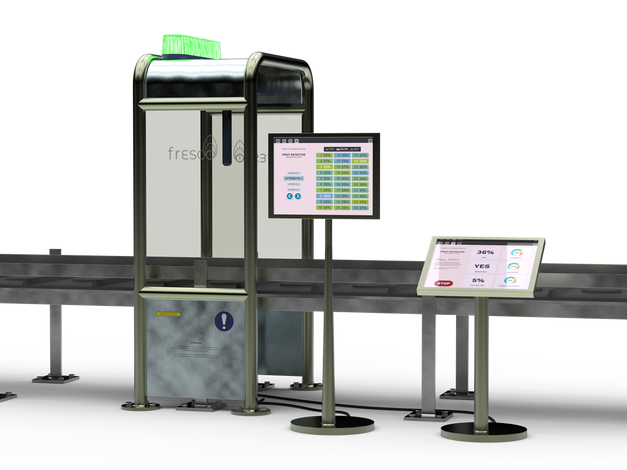
The handheld device and sorting line integration both have their uses. "In the orchard, you can use the handheld device to determine which fruit to pick. Upon arrival in Rotterdam, you can decide how long to ripen it. At the packing facility, the batch can be sorted by ripeness, leading to less food waste, more efficiency, and satisfied customers."
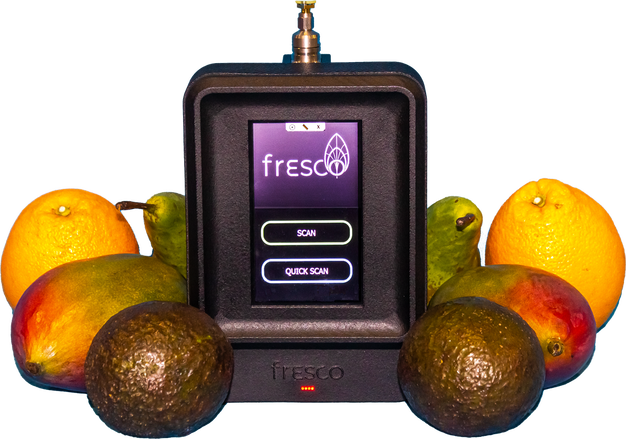
Next step: apples
After mangos and avocados, Vertigo Technologies is looking to apples. "Introducing a new fruit variety requires building data, which takes time. Our users are helping us train the model. With avocados, the focus is on dry matter content; with apples, several elements are important. We want to have the apple model ready by the end of 2024," Luca concludes.
For more information:
Luca Galatro  Vertigo Technologies BV
Vertigo Technologies BV
12 Molengraaffsingel
2629 JD, Delft, The Netherlands
Tel: +31 (0) 152 784 613
Email: [email protected]
www.vertigo-tech.com
